In the ever-evolving tapestry of nature, some creatures stand out not just for their beauty or brawn, but for their mind-boggling abilities that defy the limits of science. While we’ve long marveled at the grace of a gazelle or the cunning of a fox, there are those creatures whose talents read more like comic book superpowers than simple survival strategies. These are the unsung heroes of the animal kingdom, whose extraordinary feats of biology continue to baffle and bewilder the brightest minds in science. So, fasten your seatbelts as we dive into the world of animals with powers that make them the real-life X-Men of our planet.
1. The Immortal Jellyfish

One of the most striking wonders of the animal kingdom is the Turritopsis dohrnii, more whimsically known as the immortal jellyfish. This tiny aquatic marvel is capable of biological reincarnation, reverting back to its juvenile state whenever it encounters illness or injury, according to National Geographic. In essence, it cheats death, resetting its life cycle and continuing on indefinitely—or at least until a predator eats it. This unique ability has made it a focal point for researchers exploring the secrets of aging and longevity.
Its regenerative capabilities could unlock new insights into human health, potentially inspiring breakthroughs in regenerative medicine. However, the exact mechanisms behind this reverse aging process remain shrouded in mystery. Scientists have identified key genetic markers that might reveal the jellyfish’s secrets, but understanding the full extent of its powers is still an ongoing quest. One thing is certain: the immortal jellyfish remains a biological enigma, challenging our very concept of life and death.
2. The Regenerating Axolotl
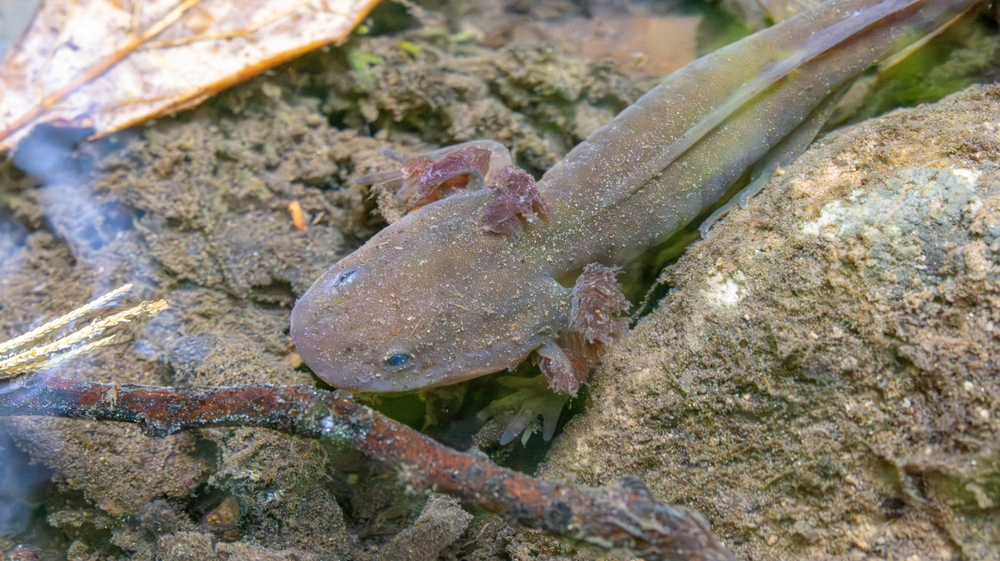
The axolotl, often called the Mexican walking fish, is nothing short of a medical miracle. Unlike most creatures on this planet, this quirky amphibian can regenerate entire limbs, organs, and even parts of its brain. According to Science Direct, this remarkable ability is due to its unique set of genes that reprogram cells to heal wounds by producing new tissue. This talent for regeneration makes the axolotl a subject of immense interest for scientists hoping to advance human medicine, particularly in the areas of organ regeneration and recovery from traumatic injuries.
But there’s more to this salamander’s powers than just physical regeneration. The axolotl can also repair its spinal cord, effectively recovering from paralysis—a feat that remains a distant dream for human medicine. Research into the specific proteins and genetic pathways involved is ongoing, but the full picture remains elusive. For now, the axolotl stands as a testament to nature’s unparalleled ingenuity and the untapped potential within the animal kingdom.
3. The Electric Eel
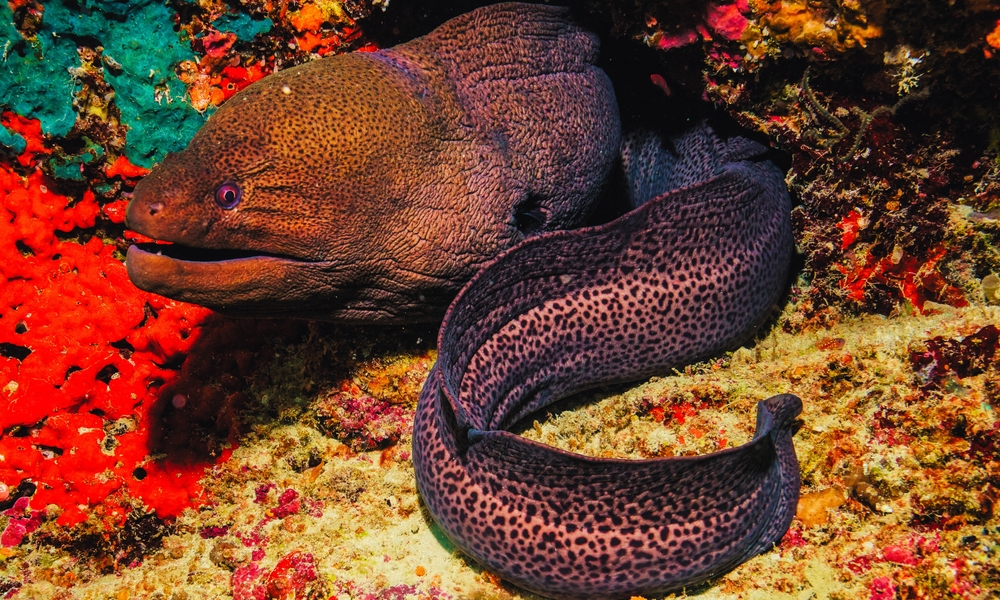
Long before Nikola Tesla dreamed of harnessing electricity, the electric eel was already lighting up the Amazon Basin with its shocking capabilities. This slender, serpentine fish generates electrical discharges of up to 600 volts, powerful enough to stun prey and deter predators. According to Smithsonian Magazine, the electric eel uses specialized cells called electrocytes, arranged in series like a battery, to achieve this jaw-dropping feat. These discharges are not just defensive tools; they also serve as a sophisticated form of communication and navigation in murky waters.
The exact evolutionary pathway that led to the electric eel’s shocking powers is still a matter of scientific debate. Researchers are keen on understanding how such capabilities could inspire advances in bio-electronics and artificial organs. Yet, the complexity of the eel’s electrical system continues to pose more questions than answers. Until we fully decode its mysteries, the electric eel remains one of nature’s most electrifying enigmas.
4. The Poisonous Platypus

The platypus: part duck, part beaver, and 100% marvel of evolution. While its unusual appearance has made it a subject of fascination, it’s the male platypus’s venomous spur that truly sets it apart. This spur, located on its hind legs, delivers a cocktail of toxins potent enough to create significant pain in humans and incapacitate smaller animals. The venom’s composition is a complex mix of proteins, some of which scientists believe could hold the key to new pain relief medications.
Despite its seemingly oddball nature, the platypus possesses one of the most sophisticated forms of electroreception among mammals. This allows it to detect electrical signals emitted by the movements of other animals, honing in on prey even with its eyes closed. The combination of venom and electroreception makes it a uniquely equipped predator in the wilds of Australia. Yet, the distinct evolutionary journey that led to these abilities is still not fully understood, leaving plenty of room for future exploration.
5. The Super-Strong Dung Beetle
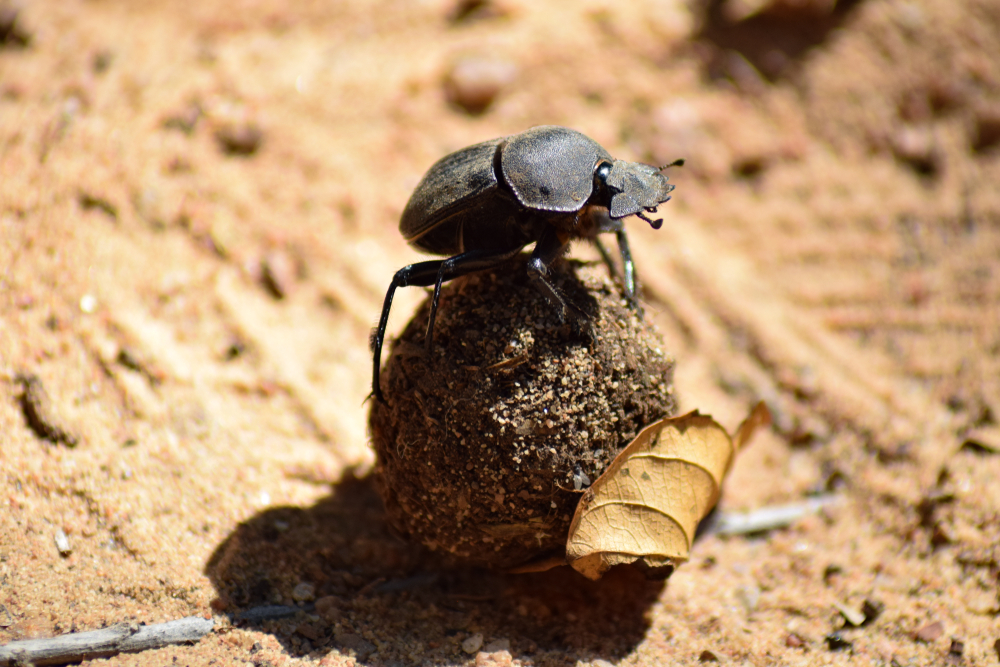
In the realm of the humble dung beetle, strength is the name of the game. Despite their small size, these beetles can push, pull, and roll objects over a thousand times their body weight. This super strength is not just for show; it plays a crucial role in their survival, allowing them to transport food sources and create burrows for their offspring. The exact biomechanics behind their incredible strength is an ongoing puzzle for biologists, who are keen to unlock the secrets of their muscular prowess.
Beyond their physical feats, dung beetles are also navigational wizards. They’ve been observed using the Milky Way to navigate at night, a skill that places them among the few non-human animals with celestial navigation capabilities. The deep understanding of their behavior and biomechanics could inspire new advances in robotics and engineering. Until then, the dung beetle remains a tiny titan of the insect world with mysteries yet to be unraveled.
6. The Camouflaging Cuttlefish
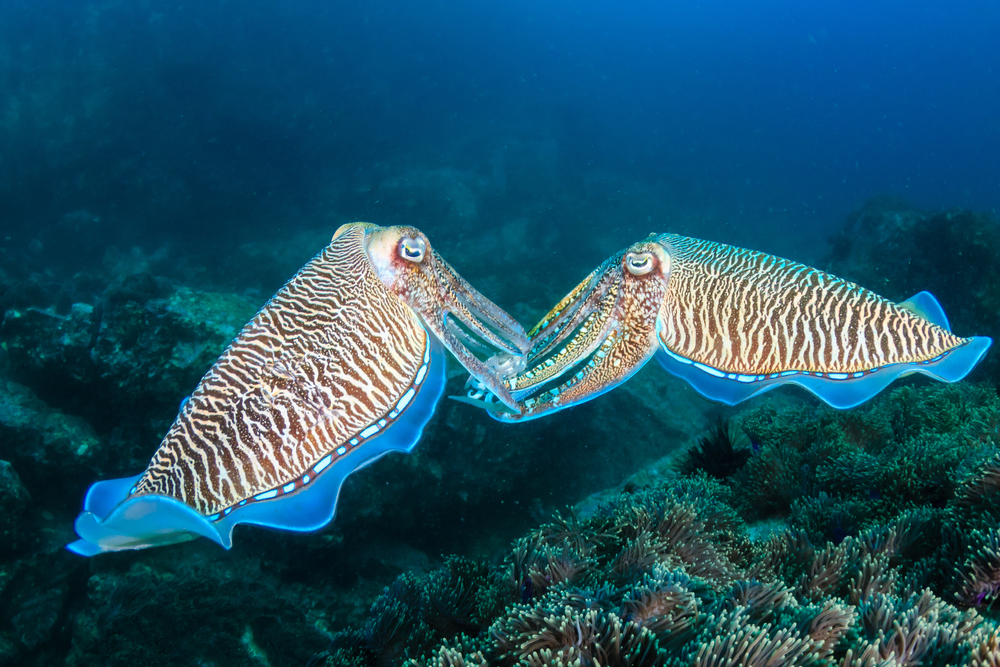
In the underwater world, the cuttlefish reigns supreme as the ultimate shapeshifter. Its skin, a canvas of vibrant colors and patterns, can change in mere seconds to blend seamlessly into its surroundings or communicate with fellow cuttlefish. This remarkable ability is attributed to specialized cells known as chromatophores, leucophores, and iridophores that expand and contract to produce striking visual effects. Scientists are still scratching the surface of understanding how cuttlefish control these cells with such precision.
Beyond mere camouflage, cuttlefish are intelligent problem solvers capable of complex communication and even short-term planning. Their ability to rapidly adapt their appearance suggests a highly sophisticated neural network that rivals that of more traditionally “intelligent” creatures. The potential applications of cuttlefish camouflage, from military technology to dynamic displays, are exciting areas of exploration. For now, these aquatic illusionists continue to amaze with their ability to disappear in plain sight.
7. The Indestructible Tardigrade
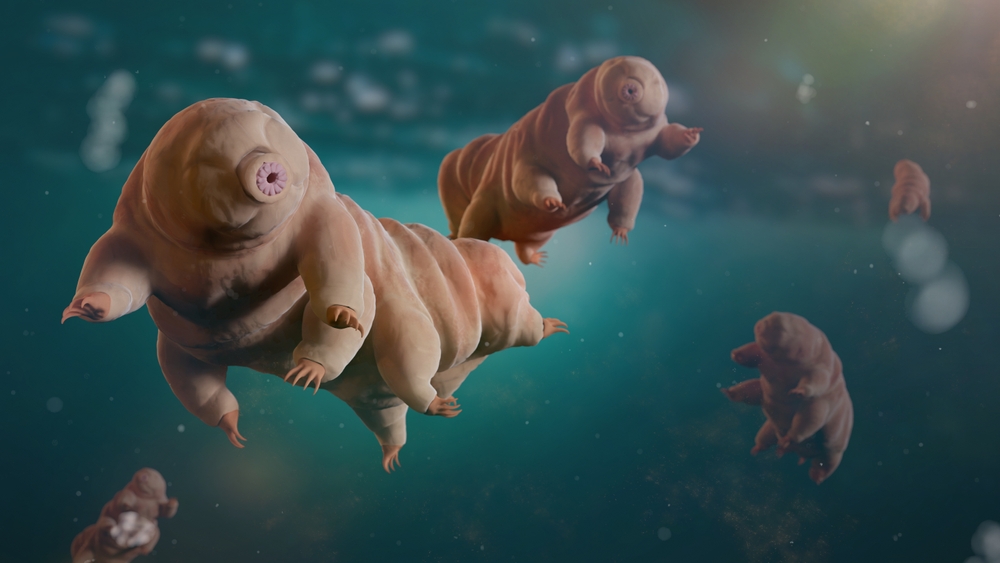
Tardigrades, affectionately known as water bears, are microscopic maestros of survival. These near-invisible critters can withstand extreme temperatures, radiation, and even the vacuum of space, earning them the title of the most resilient life forms on Earth. Their secret lies in a state called cryptobiosis, where they effectively shut down their metabolism and survive for years without water. Scientists are fascinated by their durability and are studying tardigrades to understand how they might protect human cells during extreme conditions.
The ability of tardigrades to repair their DNA after exposure to radiation is another area of intense study. This capability offers insights into potential advances in radioprotection for humans, particularly in medical treatments and space exploration. However, the mechanisms by which they achieve such resilience remain largely unexplored. Tardigrades continue to be tiny enigmas of the microscopic world, challenging our understanding of life’s limits.
8. The Mimicking Lyrebird
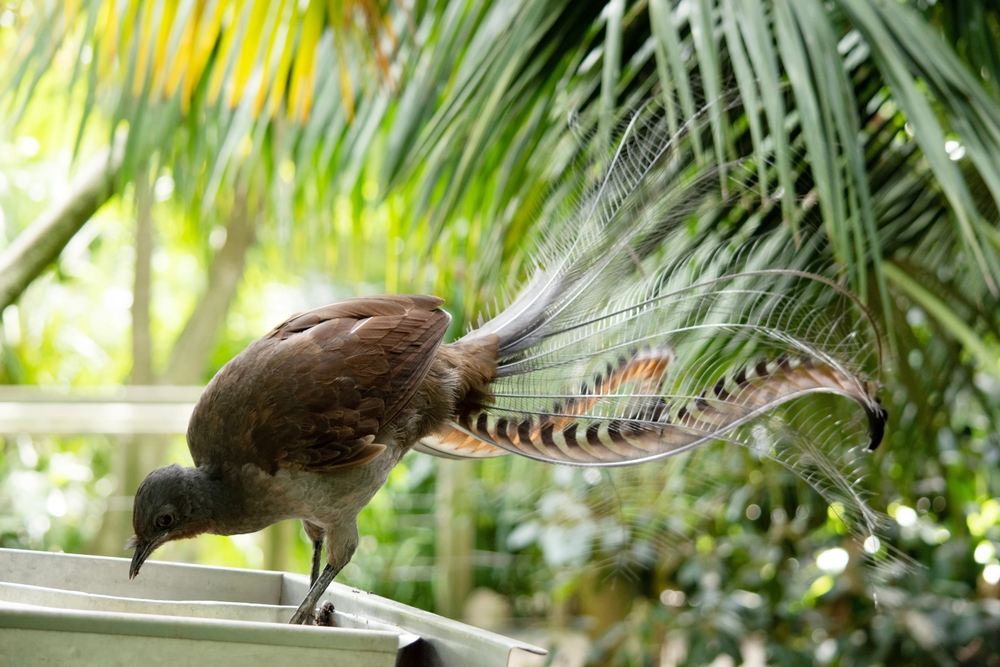
In the dense forests of Australia, the lyrebird stands as a virtuoso of vocal mimicry. This avian marvel can replicate a staggering array of sounds, from chainsaws to camera shutters, with uncanny accuracy. Its ability to mimic not just other birds but also man-made noises makes it one of the most fascinating songbirds on the planet. The lyrebird’s mimicry skills are used primarily for attracting mates, but they also serve as a testament to its complex cognitive abilities.
Yet, the neurological underpinnings of the lyrebird’s mimicry talent are still not entirely understood. Researchers are intrigued by its capacity to process and reproduce such a wide range of sounds, sparking interests in studying its brain’s wiring. While we continue to unravel the mysteries of its vocal prowess, the lyrebird remains an exceptional example of nature’s creativity. For now, it serenades the forest with a symphony that leaves both scientists and birdwatchers in awe.
9. The Pain-Free Naked Mole Rat
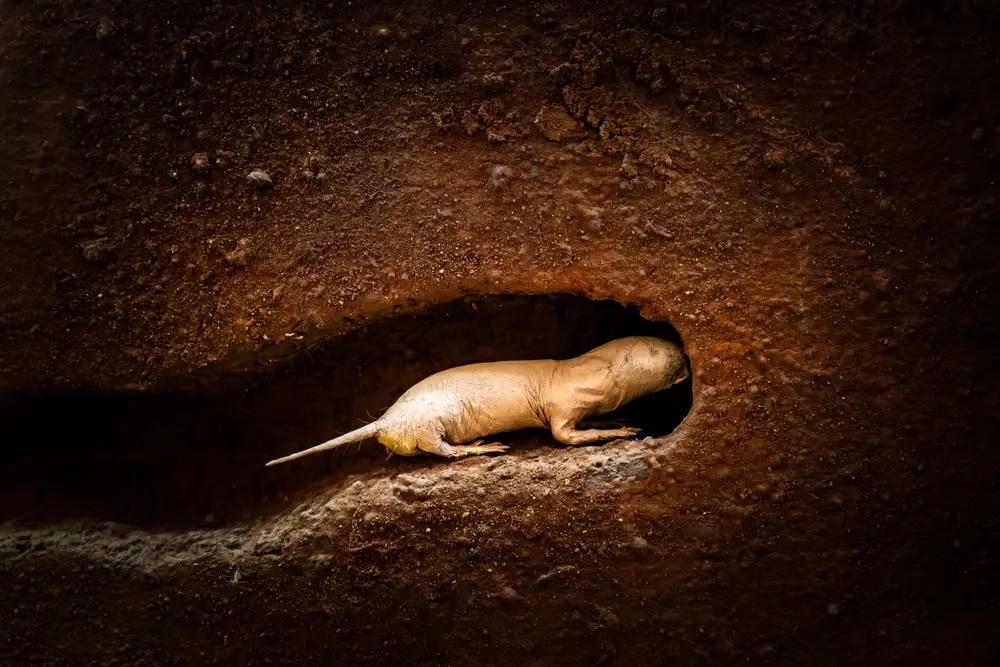
The naked mole rat, with its wrinkled skin and subterranean lifestyle, may not win any beauty contests, but it does possess a remarkable resistance to pain. This peculiar rodent has evolved to survive in low-oxygen environments and seems impervious to certain types of pain, particularly those induced by acid and capsaicin. Its unique biology is a hot topic for scientists exploring novel approaches to pain management and cancer resistance, as the mole rat also boasts an unusual resistance to cancer.
Research into the naked mole rat’s pain insensitivity and cancer resistance could pave the way for breakthroughs in human medicine. However, the genetic and biochemical pathways that afford it these protections remain a scientific mystery. Understanding how these traits evolved could lead to revolutionary treatments, but for now, the naked mole rat remains a curious anomaly. It’s a reminder that evolutionary adaptations often come in unexpected packages.
10. The Echolocating Bat
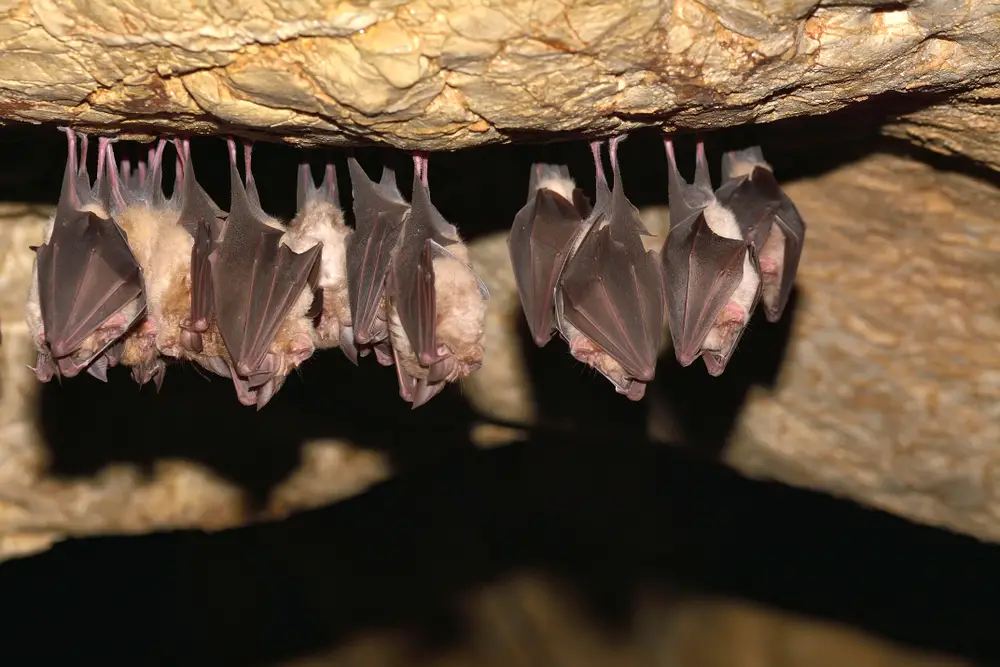
Bats have long been associated with the supernatural, but their real-world abilities are equally as enthralling. Echolocation allows them to navigate and hunt in complete darkness, emitting high-frequency sounds that bounce off objects to create a sonic map of their surroundings. This sophisticated biological sonar system is incredibly precise, enabling bats to capture insects mid-flight with unerring accuracy. The mechanics of echolocation have inspired advancements in sonar technology and even medical imaging.
Despite the advanced understanding of echolocation, scientists are continually uncovering nuances in how different bat species employ this ability. Some bats have adaptive echolocation that can adjust based on environmental conditions, a feature that could inspire new innovations in adaptive technology. For all the legends that surround them, bats remain a testament to nature’s ingenuity and the potential for life to thrive under the most challenging conditions. Their echolocating prowess is a marvel still unfolding in the corridors of scientific inquiry.
11. The Color-Changing Chameleon
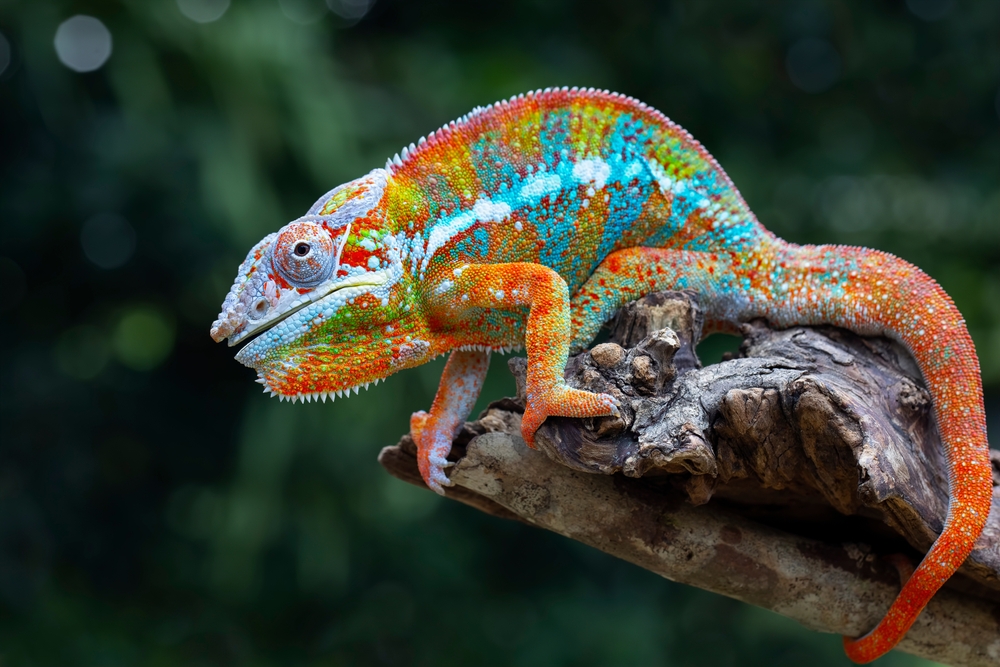
Chameleons, with their mesmerizing color transformations, are the original masters of disguise. These reptiles can shift their skin color through the expansion and contraction of special pigments and crystals in their skin. While commonly thought to serve solely as camouflage, these color changes are also crucial for communication, temperature regulation, and mood signaling. Researchers are delving into the nanostructures within chameleon skin to better understand the process, which could inform new materials science innovations.
Chameleon color change is not merely a response to environmental stimuli but a complex interaction of hormonal and environmental cues. The exact mechanisms behind this rapid transformation and the neurobiology involved are still not fully understood. Their ability to seamlessly blend into their habitats or stand out to potential mates makes chameleons a captivating study of evolutionary biology. As we continue to uncover the secrets of their shifting shades, chameleons remain one of nature’s most enigmatic painters.
12. The Ink-Producing Octopus

In the shadowy depths of the ocean, the octopus reigns as a master of deception and evasion. With its ability to squirt ink, it creates a smokescreen that confuses predators and provides a crucial escape mechanism. This ink is not just a simple cloud; it’s a complex chemical concoction that can irritate predators and even disrupt their sense of smell. Understanding the biochemical properties of octopus ink could lead to new insights into non-lethal defensive mechanisms in nature.
Beyond their inky defenses, octopuses are known for their incredible intelligence, problem-solving abilities, and complex behaviors. They can navigate mazes, solve puzzles, and even show play behaviors, challenging what we know about cephalopod intelligence. While much is known about their cognitive abilities, the full extent of their intelligence and its evolutionary origins remain largely unexplored. Octopuses continue to be a focal point of scientific wonder, blending their formidable brainpower with their inky escapades.
13. The Glowing Anglerfish
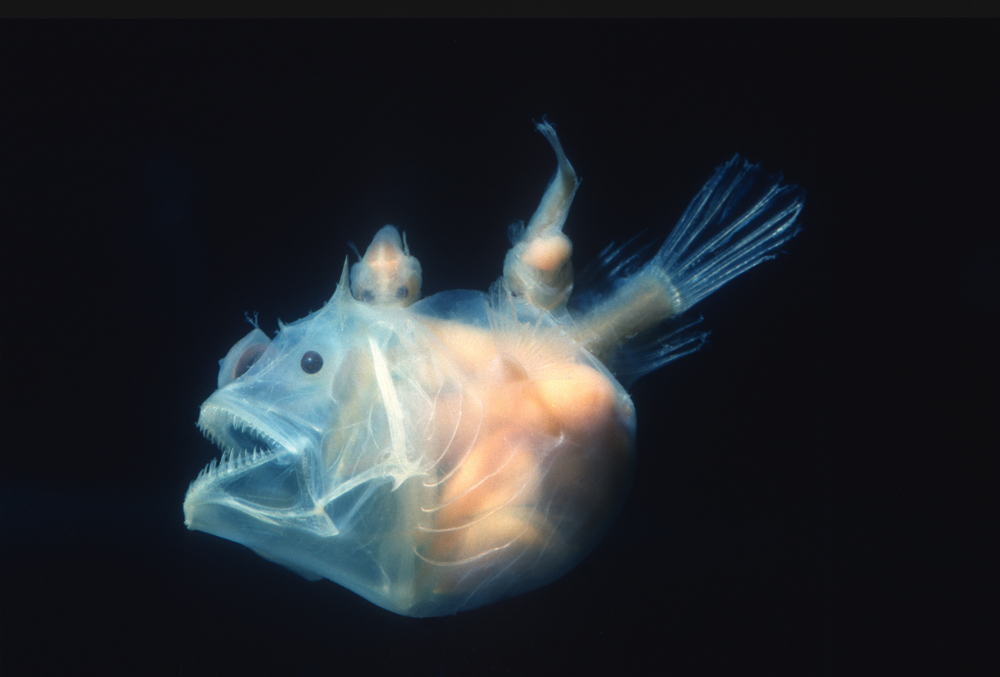
The anglerfish, with its luminescent lure and abyssal habitat, is a creature of both beauty and horror. Living in the dark depths of the ocean, it employs bioluminescence to attract prey to its fang-lined maw. The light is produced by symbiotic bacteria housed within a specialized organ, a relationship that fascinates scientists exploring the mysteries of deep-sea life. This bioluminescent ability is not merely for hunting; it also plays a role in communication and mate attraction in the pitch-black ocean depths.
The glowing lure of the anglerfish has inspired research into bio-inspired lighting and energy-efficient technologies. Despite its foreboding appearance, the anglerfish represents a symphony of evolutionary adaptation and ecological partnership. Yet, the specific genetic and environmental factors that govern its bioluminescent properties remain an area of vibrant scientific inquiry. The anglerfish continues to illuminate our understanding of life’s adaptability in one of Earth’s final frontiers.
